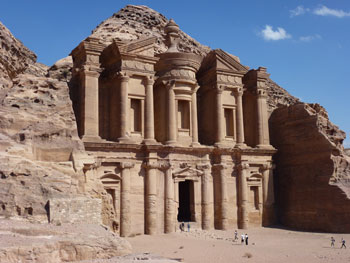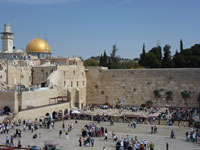Exploring Ephesus
Ephesus is one of the best-preserved classical cities in the Mediterranean and one of the great Roman sites in the world. It provides a fascinating insight into life at the height of the Roman Empire. Ephesus includes a number of spectacular sights – the stunning facade of the Library of Celsus, the third largest library of the ancient world after Alexandria and Pergamum, the fascinating Curetes Way lined with buildings and temples and the spectacular Great Theatre, a superb example of a Roman amphitheatre. Its location and scale ensure huge popularity with tour groups and (horror!) cruise ships – read on to make the best of a visit to this essential historical gem.
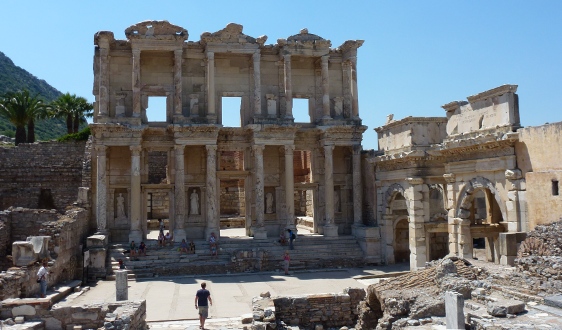
A Brief History of Ephesus
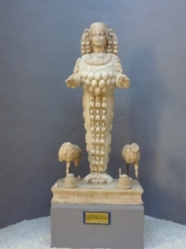
Ephesus traces its roots back to the 10th century BCE when Ionians under Androclus settled on the west coast of Asia Minor and integrated with the native Leleggians. The Ephesians fervently worshipped the goddess Artemis (right), in particular a version that symbolised fertility rather than hunting, and built the Temple of Artemis that would become one of the Seven Wonders of the Ancient World. In the following centuries Ephesus came under the control of the Lydians, Persians and Alexander the Great before reaching its apogee under the Romans as the grand capital of the Asian Province. At its height, the city boasted some 250,000 inhabitants and was renowned throughout the empire for its beauty. After being sacked by the Goths in the 3rd century CE, Ephesus struggled to regain its former glory and began to decline when its harbour silted up and its importance in international trade diminished. Ephesus was eventually abandoned in the 14th century, left to fade into time. The lack of subsequent development on the site has meant it has been preserved and renovated as an excellent example of a Greco-Roman city.
Getting There
Istanbul - Many tour agencies in Istanbul will arrange day trips to Ephesus and if you time is extremely limited this may be your only choice. The distances involved however make it either an expensive option (return flights) or a very long day (an overland journey will take a minimum 8 hours EACH way).
Coastal Resorts - If you’re staying at one of the many resort towns on Turkey’s south-western coast (we’ll ignore for now what adventure travellers are doing at a Turkish beach resort!), there are many tour companies that provide guided tours of Ephesus which can include nearby attractions (click here for tours from Bodrum, Marmaris, Dalyan and Fethiye). A well developed infrastructure of bus transport also means it’s easy to get to nearby Selcuk and explore independently from there.
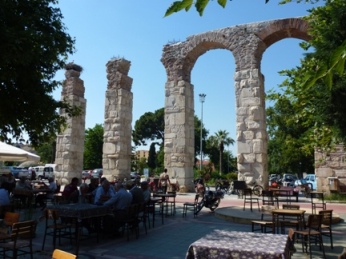
Selcuk - To explore Ephesus and other nearby attractions at a slower pace you should consider at least an overnight stay in the area. The closest town is Selcuk, 3km from the ruins, which makes a great base to discover Ephesus as well as a lovely spot to visit, especially at night when dining and drinking underneath the floodlit Roman aqueduct (right). Ephesus can be reached by taxi (TL15) or minibus from the bus station (TL2.5).
Getting to Selcuk - Selcuk lies 80km from Izmir, the major city in the region and Turkey’s third largest urban centre, and is connected by frequent bus services (TL8, 1 hour). Flights between Istanbul and Izmir are quick and inexpensive. To get to Selcuk from Izmir airport, the best option is by train – there are 5 services a day between Adnan Menderes station at the airport and Selcuk (TL4.5). The journey will take approximately 45 minutes and can be very crowded. Taxis from the airport to Selcuk cost about TL125. Buses between Selcuk and Izmir unfortunately don’t stop at the airport – you can get off at the junction road but it’s a 2km walk from there.
Exploring the Ruins
If you’re exploring Ephesus without a tour guide, any guidebook of Turkey or the region will take you through the main sights while there are also audio and written guides available from the ticket offices. However the following tips and advice will help you get the most from your visit, including coping with the tourist mobs.
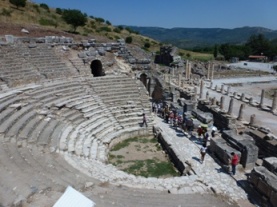
Orientation: Most of Ephesus’s attractions lie on a fairly direct path between the two entrance points – the Upper and Lower Gate. Tour groups will generally start at the Upper Gate and proceed downhill before leaving. If you’re coming on public transport from Selcuk, you’ll get dropped off and picked up at the Lower Gate – though this enforces a double circuit of the ruins, Ephesus more than warrants this and it allows you the time and opportunity for more in depth exploration.
Left: The Odeon, a 5,000 seat theatre used for municipal meetings
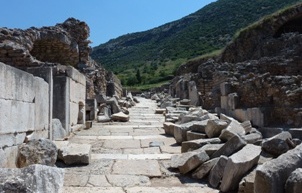
Off the beaten track: The hordes of tour groups will proceed en masse from the Odeon (small theatre) near to the Upper Gate, down Curetes Way to the Library of Celsus and along Marble Street to the Great Theatre before leaving through the Lower Gate. Don’t restrict yourself to this main thoroughfare – there’s much else to explore off the beaten path with the added benefit of fewer people in your photos. Wander around the Upper (right) and Lower Agoras (market places), visit the Terraced Houses (see below) and stroll down Harbour Street to imagine a sea front long since disappeared.
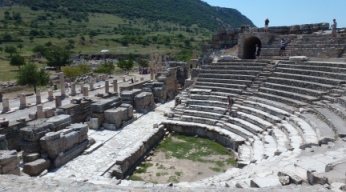
Explore the site: Ephesus is an interactive site with few areas closed off to visitors. Take advantage of this to fully explore and interact with the site – climb to the back seats of the Great Theatre and the Odeon to appreciate their scale and admire the views, get off the main street of Curetes Way to explore the buildings along it and seek out great views of the spectacular facade of the Library of Celsus.
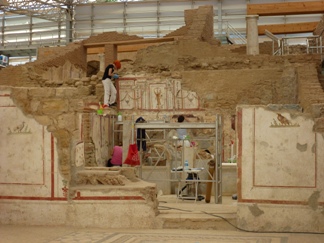
Archaeology Live: Towards the end of Curetes Way near the Library of Celsus lies a covered complex called the Terraced Houses. Here you can see archaeology in action as the luxurious homes of the Ephesian elite are being uncovered. The spectacular remains highlight the scale and beauty of these premises with impressively preserved frescoes and mosaics in almost every room. The extra TL15 charge to enter should be viewed as an excellent investment, not only to see the ruins and the fascinating process of uncovering them, but also to escape the tourist crowds and intense heat of the sun on the outside.
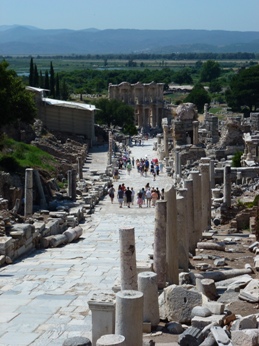
Avoiding the Roman Mob: There’s no getting away from the fact that Ephesus is a very popular attraction and you’ll be lucky if it’s not crowded with tour groups when you visit. Try to time your trip for the start or end of the day – this will also avoid the intense midday heat. Above all though be patient with Ephesus – don’t try to rush through the old city, evade the crowds by trying to place yourself in gaps between the big groups along the way and give yourself time to capture the perfect photos of the great sights.
Museum: Unless you’re on a whistle-stop tour of the ruins, be sure to visit the excellent Ephesus Museum in Selcuk. This contains a spectacular collection of artefacts from the site, including numerous statues of Artemis and Roman dignitaries, finds from the Terraced Houses documenting everyday life of the Ephesians and impressive friezes from Hadian’s Temple.
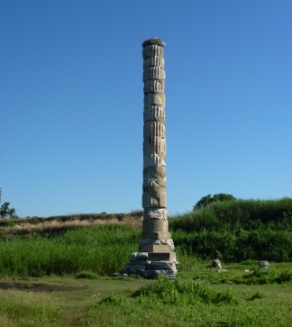
Wonder of the World: Shortly outside Selcuk on the road to Ephesus lie the scant remains of the Temple of Artemis, one of the Seven Wonders of the Ancient World and one of the reasons for Ephesus’s pre-Roman prosperity. In its day the Temple, built on 127 enormous columns, surpassed even the Parthenon in Athens. Today, just one of these columns remains (right), poignantly located in a field surrounded by other temple remnants, topped by a stork’s nest. Whilst certainly lacking the scale and spectacle of Ephesus or some of Turkey’s other historical sites, it’s worth stopping by on the way to or from Ephesus. After all it’s not every day you can see of the Seven Wonders of the World.
Right: The sole remains of the once spectacular Temple of Artemis -
"oh let not time deceive you, you cannot conquer time..."
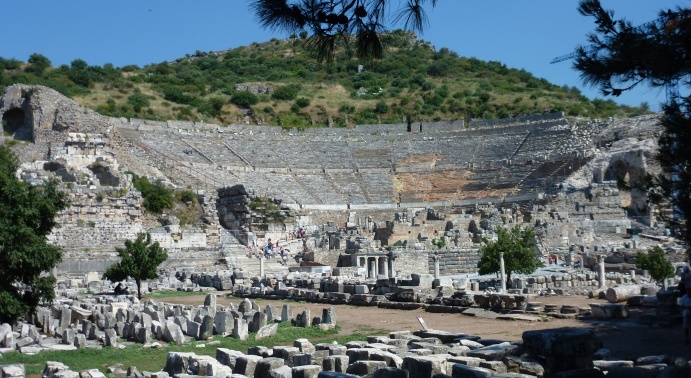
For more information on travelling to Turkey, see our Turkey travel guide or search for group tours to Western Turkey.
Related articles:
|
Exploring the rock-carved city of Petra, one of the greatest travel destinations in the world, 200 years since its rediscovery. |
Two captivating and contrasting highlights of Israel - the fascinating old city of Jerusalem and the stunning landscapes of the Negev Desert. |
Submit a comment on this article



